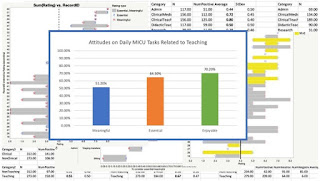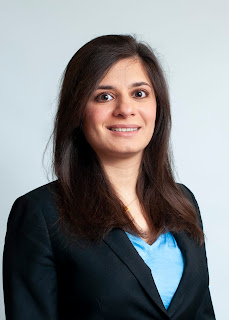Patricia Pringle Bloom, M.D.
Fellow in MGH Transplant Hepatology
PGY 7
09/13/2019
I am leading a team to improve the way we manage cirrhotic ascites. Body weight is an effective proxy for ascites volume; therefore, monitoring daily weights is recommended for optimal ascites management. At present, patients with ascites rarely proactively alert providers with significant weight gains, and there are no widely available technologies specifically designed for ascites monitoring. With support from COE funding, we are performing a pilot study to assess the feasibility of an app created by Partners Connected Health to manage outpatient ascites.
Fellow in MGH Transplant Hepatology
PGY 7
09/13/2019
I am leading a team to improve the way we manage cirrhotic ascites. Body weight is an effective proxy for ascites volume; therefore, monitoring daily weights is recommended for optimal ascites management. At present, patients with ascites rarely proactively alert providers with significant weight gains, and there are no widely available technologies specifically designed for ascites monitoring. With support from COE funding, we are performing a pilot study to assess the feasibility of an app created by Partners Connected Health to manage outpatient ascites.
In this pilot
study, we are identifying cirrhotic patients with significant ascites requiring
specialist management. Each patient is sent home with a Bluetooth-connected
scale, which transmits weight data to the PGHD Connect Smartphone app, and then
via the cloud into Epic. Weights are monitored every weekday by study staff and
alerts are sent to providers if their patients' weight changes by 5lb within a
week or since discharge.
 |
| Acceptance to a local and exciting technology conference |
Thus far, 21
patients have enrolled in the program. Eight patients have been unable to
enroll because they did not have a Smartphone and 23 because they were
encephalopathic and unable to participate. Each patient is enrolled for 28
days, but several patients have wanted to terminate the program early and
several have opted to extend their enrollment.Thus far, the program has transmitted
weight data on 70% of days that patients are enrolled. Technology issues are
occurring on approximately 10% of days. Twenty weight alerts have been fired,
~60% for weight loss and the remainder for weight gain. 65% of the alerts have
been followed with some form of provider response.
We continue to
enroll patients in this program, and as we do, we we continue to work with
Partners Connect Health to develop new iterations of the app that enhance the
program. For example, new iterations of the app are being released that resolve
some of the technology glitches. In addition, we are beginning to learn more
about the types of patients who do best in this program. Part-way through our
study, it appears that patients with less severe disease derive more benefit
from the program. It also appears that those discharged to rehab facilities
have more technical issues with the program.
Recently, our
efforts have been rewarded with an invitation to present our interim results at
the 2019 Connected Health Conference. This will be an excellent opportunity to
gather feedback on our program and app, as well as network with others working
in this space.















